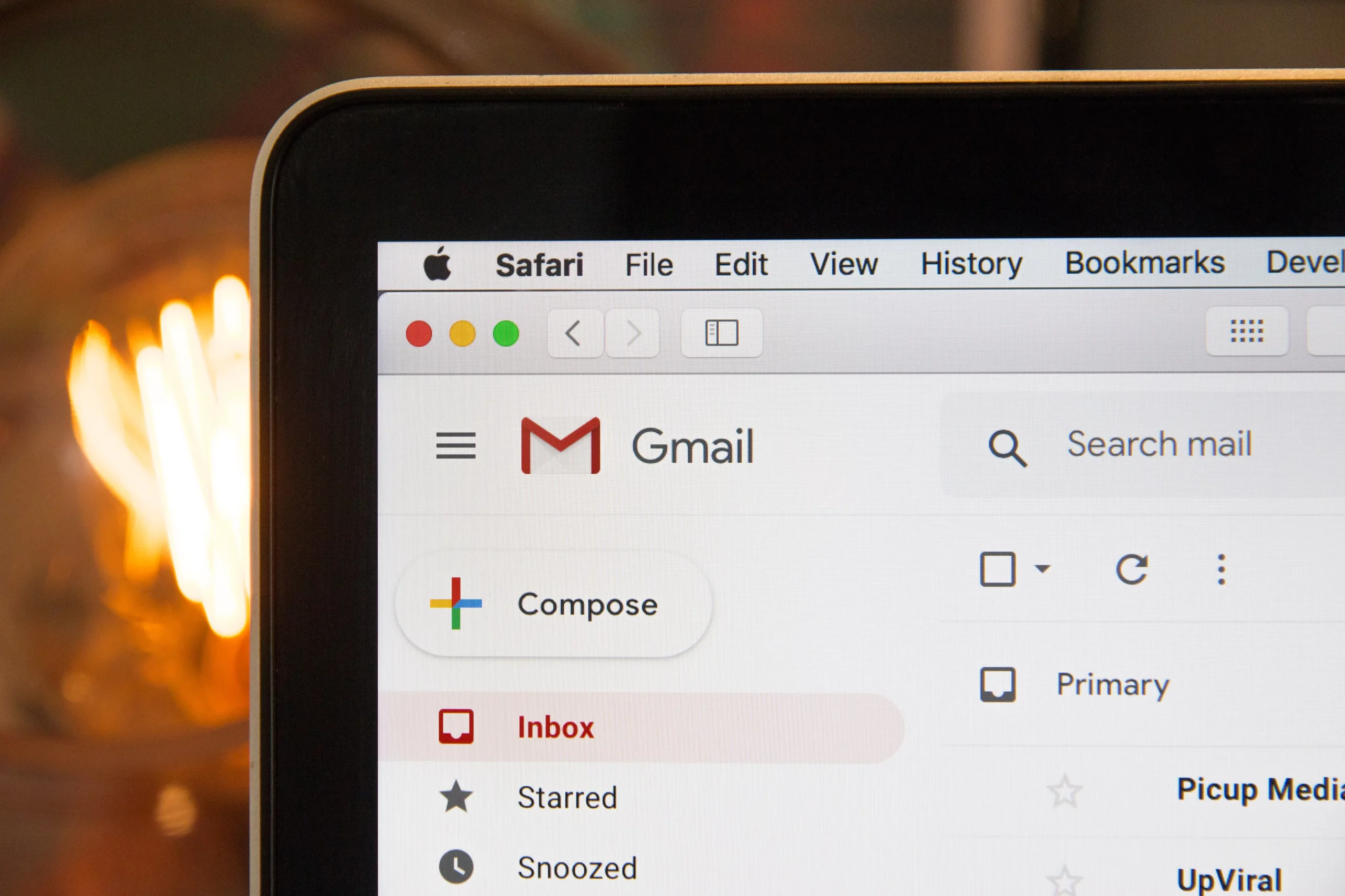We care about your data, and we'd love to use cookies to make your experience better.
5 Steps To A Successful Email Marketing Strategy
Did you know that more than half of us check our email before social media or the news first thing in the morning?
We are waking up to see what has landed in our inbox while we were sleeping, and continuing to check an average of 20 times a day, our phones making the process almost instantaneous.
With around 3.9 billion active email addresses in 2020, email marketing should be a key branch of your advertising strategy this year. From informing customers about new products to sending an abandoned cart email just to say “hey, you forgot this giant tiger-print fleece blanket in your cart!” (That may or may not be an email I just received.)
So, where to start?
1. Planning
This is the most important part of an email campaign, but also the most complicated. You’ll have to consider what happens when a user performs a certain action (like a purchase), what email they should receive next (more products they might like), and how you want to measure success (more purchases). These plans are like a Choose-Your-Own adventure novel, except that every path should lead toward your goal and none should result in a dead-end.
2. Content
This is the side of the process that your customers will see, so it should look and read similar to your website. Designing templates in advance makes it easy to drop in your content and save time, as well as giving the whole campaign a consistent aesthetic.
The content of your emails should not only be relevant, but also bring value in the way of information and insight, or discounts and offers. There needs to be a reason for each user to stay subscribed to your campaign.
3. Building Your Campaigns
Now, the really technical part begins. No matter what email client you use, programming workflows and audience segmentation is key, and should all be automated to ensure that users are seeing relevant content as much as possible. In fact, marketers that used segmented campaigns noticed as much as a 760% increase in revenue.
For example, a user signs up for your newsletter, but only opts in to receive information about new products and does not want to receive new blog content. When they hit that ‘submit’ button, their email should be added to an audience list (aka segment) for new product info. This list will be used every time you want to announce a new product, and you can avoid the risk of spamming your customer with irrelevant content.
4. Measuring Success
Almost all internet activity can be measured, and here you’ll find out just how well the campaign performed. Combining the analytics from your website with those in the email client, you’ll be able to plan for future campaigns by seeing what content received the most attention and helped to reach your overall goals.
5. Optimize
Taking the information from step 4, you can start to plan future campaigns based on what worked well. For example, if a user is opening all of the emails you send, but only the emails that featured product information resulted in a sale, you might want to include product information in all of your emails.
With 59% of users saying marketing emails influence their purchase decisions, it’s hard to ignore the benefits of these campaigns.
When you’re ready to take this branch of your marketing plan to the next level, give us a shout.
